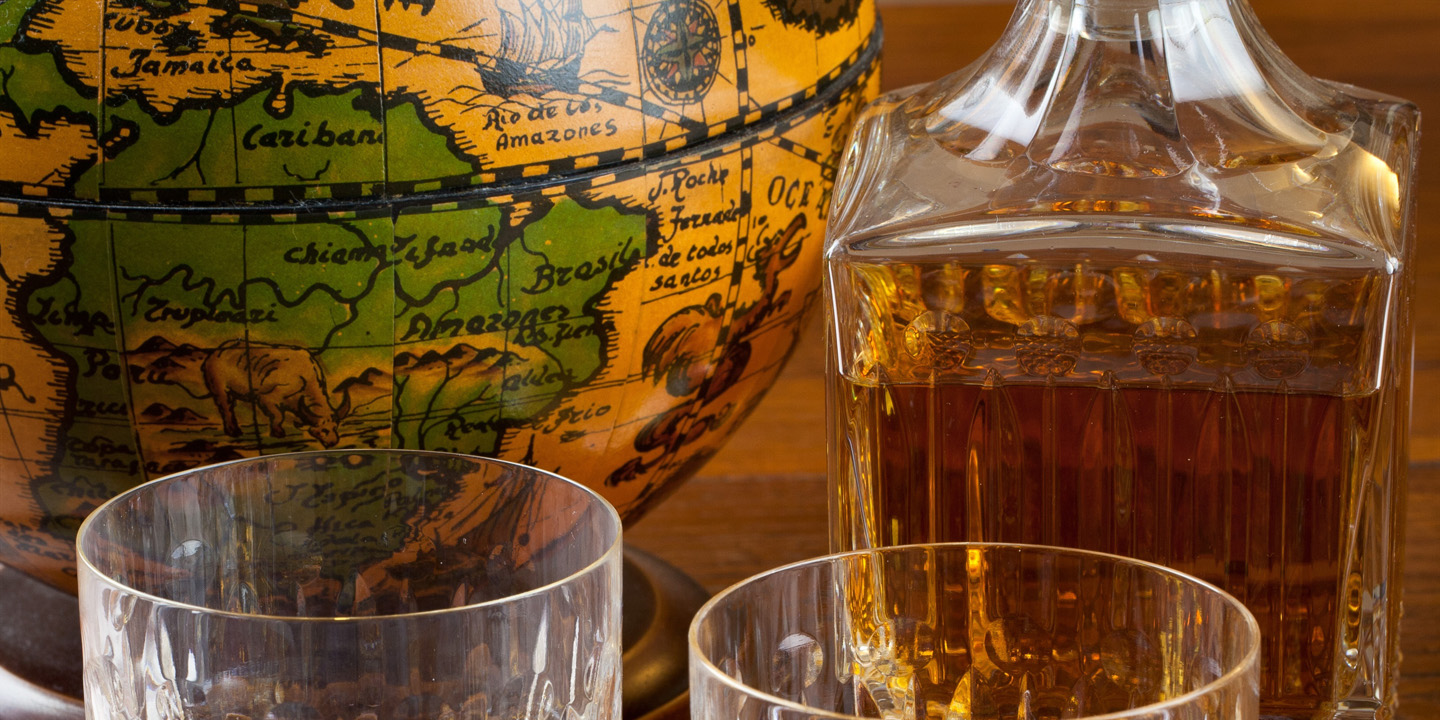The Worldwide Proliferation of Whisky.
Learn Whisky, Whisky History
It would be appropriate for a people-based profile of whisky to begin by naming the first whisky maker. Sadly, no-one knows who he was. In fact, no-one knows who the first distiller was. It is clear that from AD 4 onwards, alchemists in China, India, Arabia, Egypt and Greece were using distillation to make turpentine, medicines, makeup and perfumes, but there is no evidence that they adapted brewing techniques to make whisky.
How the Irish and Scots got in on the act is equally mysterious. The Celts may have known about distillation, but apart from a couple of enigmatic references in the 6th century AD there’s no proof. What is agreed is that distillation arrived in Scotland with the monks of the Celtic Church, suggesting that distillation was already taking place in Ireland. Perhaps Irish monks had encountered the art in Sicily or Andalucia, or through their ancient trading links with the Phoenicians.
By the time Friar John Cor bought his famous eight bolls of malt in 1495, the first record of whisky making in Scotland, distillation was widely practiced across Europe. It is hardly surprising that the first distillers were monks: the water of life, aquavitae, was a medicine made in monastic laboratories and markedly different from todays whisky. The distilled spirits were flavoured with heather, honey, roots, herbs and spices. Partly to hide off-flavours and partly because it was a supposed medicine. This medieval mix was very close to a crude whisky liqueur.
Until the beginning of the 19th century the top Irish brands were flavoured in this way. It was only when whisky began to be made in great houses and crofts alike that it became recognizable as the drink we know today. Distillers have always used the main crop of their region as the base for their spirits, and in Scotland and Ireland that meant barley. Making whisky was a means of using up surplus grain. In winter, cattle could be fed on the grains left after mashing and crofters could use their whisky as a rent payment. Made in batches in small pot stills, the process was quite similar to how distillers make the spirits today. Whisky soon became an integral part of rural life.
When crofter-distillers from Scotland and Ireland were driven off their land, whisky spread to America and Canada. Though rye whiskey had been made as early as 1640, it was this sudden wave of immigrants that established whiskey as North America’s spirit. They, too, used the local grains such as rye, corn and wheat. By 1783 commercial production had kicked in Kentucky.
By 1825, the whisky industry in Scotland and Ireland was controlled by men of industry. Gone were the days of the crofter-distiller making enough for neighbors and to pay the rent. New legislation ushered in a building program of new malt distilleries across the Highlands and in Ireland. At the start of the 19th century Irish whiskey had the highest international reputation, with the heavily-peated Scottish malts considered an acquired taste. Then in 1827, Robert Stein invented a continuous still which not only made distilling less labour-intensive but also produced a lighter flavour. The invention made it possible for grain-based whisky to be mass produced. Adapted in 1831 by Aenea-Coffey, the continuous still changed whisky production forever.
Distillers in the Scottish Lowlands seized the new invention and by the 1850s grocer and wine merchants such as John Walker, George Ballantine, James Chivas, John Dewar and Matthew Gloag began blending malt with the light grain. The public quickly took notice. The Irish resisted, for a time. Distillers including John Jameson and John Power, who were already enjoying international prestige with their pot-still whiskies, refused to use the continuous method. They dismissed it as an adulteration of “real” whisky.
The North Americans had no such qualms and Coffey’s patented still was soon adopted in America and Canada. This interest, along with James Crow’s research into quality control in Kentucky, improved consistency. The Canadians were so enamored of the Coffey still that they passed legislation in 1875 decreeing that Canadian whisky could only be made from grain distilled in a continuous still and aged for a minimum of three years in oak barrels. The quality-oriented, modern industry was taking shape. Even at this stage there was no indication that whisky would become the world’s best-selling spirit. Brandy was still more popular, but a vine parasite put an end to that when it wiped out Europe’s vineyards from the 1870s onward taking the brandy industry into obscurity.
It is entirely possible that American whiskey would have become the world’s dominant player, were it not for the growth of the Temperance Movement in the United States which led to Prohibition in 1919. At that time, Irish whiskey was selling more in America than Scotch. While Scotch and Canadian whisky had managed to retain a quality image, Irish whiskies lost their biggest market overnight when bootleggers began making poor knock-offs of their whiskey. The reputation of Irish Whiskey plummeted. At the same time, Irish independence led to the ban of Irish products in Britain and the Empire. With no markets left, the Irish industry imploded and blended Scotch took over.
This was the situation until the late 1970s when, through industry complacency, or the inevitability of changing fashion, young drinkers turned away from brown spirits and the global whisky industry fell into deep depression. Blended Scotch has struggled hard to regain consumer confidence in its old markets, though it has enjoyed success in southern Europe and Asia. But in America, northern Europe and Britain, malts have kept the whisky dream alive. This recent fascination with premium whisky has also boosted the American whiskey industry and sparked a new optimism in Ireland and Canada. There are now more quality whiskies on offer than ever before, and a renewed interest in how they are made and the people who make them.



